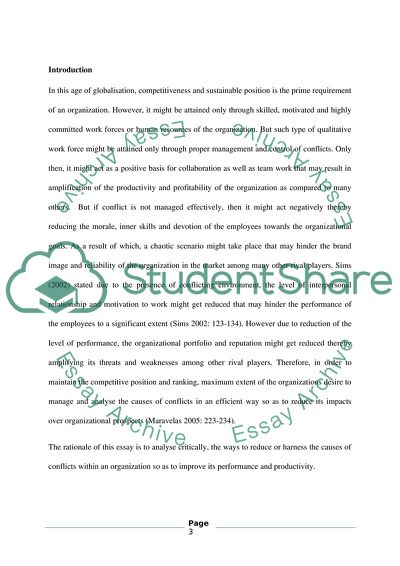Cite this document
(Organisation Design and organisation Development Essay, n.d.)
Organisation Design and organisation Development Essay. https://studentshare.org/human-resources/1831979-organisation-design-and-organisation-development
Organisation Design and organisation Development Essay. https://studentshare.org/human-resources/1831979-organisation-design-and-organisation-development
(Organisation Design and Organisation Development Essay)
Organisation Design and Organisation Development Essay. https://studentshare.org/human-resources/1831979-organisation-design-and-organisation-development.
Organisation Design and Organisation Development Essay. https://studentshare.org/human-resources/1831979-organisation-design-and-organisation-development.
“Organisation Design and Organisation Development Essay”. https://studentshare.org/human-resources/1831979-organisation-design-and-organisation-development.


